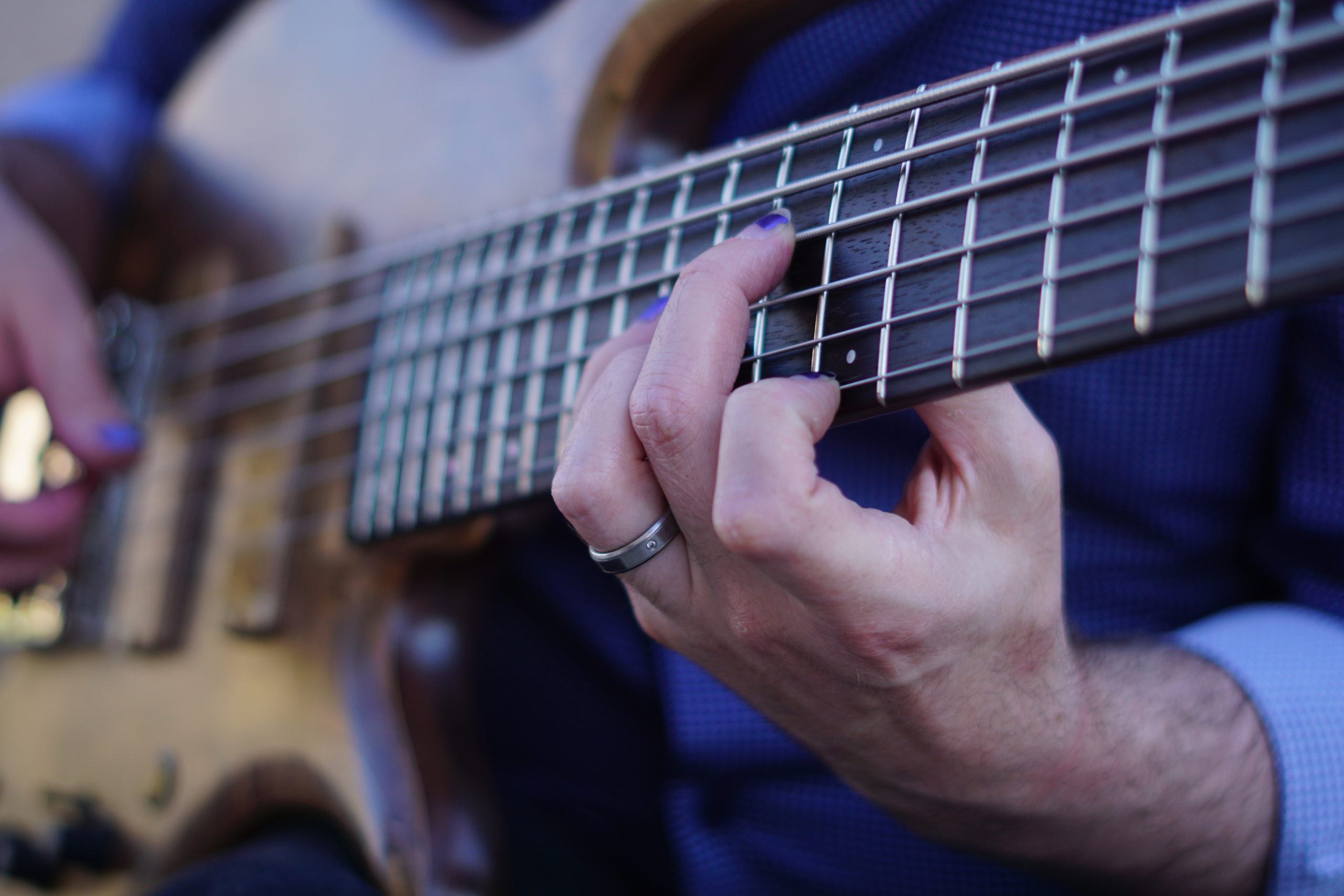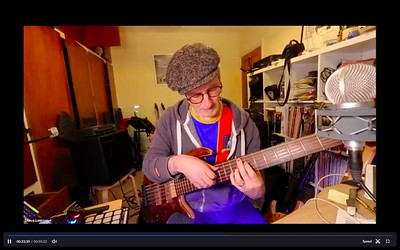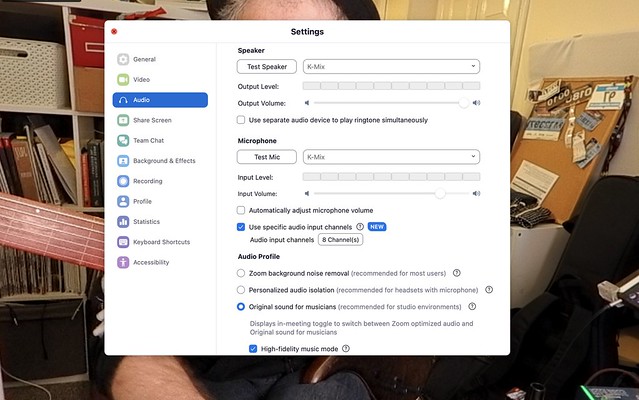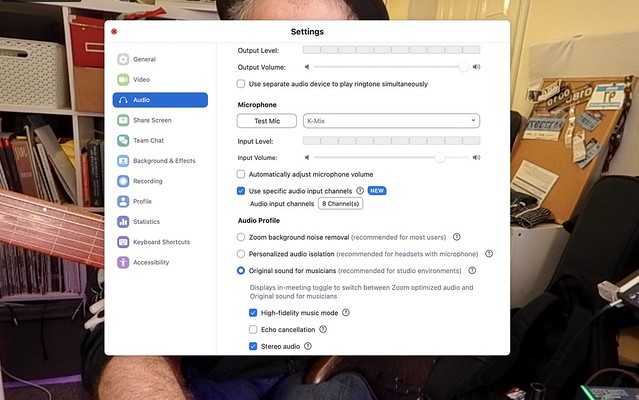 There are very few musicians whose future, unannounced, unheralded work fills me with excitement. I don’t sit wondering what my favourite bands’ next album will be like. I wait patiently for them to do whatever they need to do, take as long as they like, and I get excited when it’s out and I get to hear it.
There are very few musicians whose future, unannounced, unheralded work fills me with excitement. I don’t sit wondering what my favourite bands’ next album will be like. I wait patiently for them to do whatever they need to do, take as long as they like, and I get excited when it’s out and I get to hear it.
Except D’Angelo. Despite being someone who releases 10 albums a year, I can still see the immense value in taking your time. I’m not sure how much of D’Angelo’s delay in finishing work was the chaos of his life and how much was creative process, but either way, Black Messiah is without any doubt the longest I’ve ever waited for a record that felt worth it. Worth the wait. And in between, I spend hours, days, weeks even pondering what D’Angelo might do next. What his album would sound like, how it would change me.
Because he had previous form of doing just that. Changing me. When I first heard Voodoo, soon after it came out, after Julian Brown – then a student of mine, now the drummer in Massive Attack – hipped me to it. It was dizzying, alien, strange, beguiling, truly beautiful, majestic, unreachable… So many things going on that left me quite literally open mouthed. I said in my initial post on D’Angelo’s death that there is Steve before Voodoo and Steve after Voodoo. It quite dramatically changed how I thought about the process of making music, but even more so what ‘rhythm’ and groove actually are.
These days I talk endlessly about the idea that groove is a composite of what everyone brings to the music. It’s not an external grid that everything is either on, ahead of or behind (though we still feel music as ahead and behind the beat, for sure), it’s the sum total of what everyone is doing. So hearing Questlove’s drumming with Pino, D’Angelo, Raphael Saadiq and Charlie Hunter’s bass playing changed how I thought about that relationship. They didn’t need to be ‘locked in’ in the old sense of hitting exactly the same beat at the same time. They could be in dialog, a dance, could invoke questions and mystery. Such delicious, funky, sexy mystery…
He wasn’t the first person to ever do that – it was a feature of a lot of early reggae – particularly the Barrett Brothers in The Wailers – and some of Miles Davis’ 70s work, but D’Angelo put it front and centre. J Dilla was a massive, massive part of the story, the picture, the transformation. A mentor to so many who were thinking about how sampling and samplers changed how we understood what music was. But D’Angelo took that vision and applied it to a band, to live playing. Hearing Slum Village’s Fantastic Vol 2 (Also introduced by Jules) was a wake-up call to new ways of thinking about music production. But it was sample based hip hop. It shook me and I loved it as a completely new thing, but I couldn’t and didn’t see how it impacted what I was doing.
But D’Angelo offered something that made sense to me. The harmonies, the jazz chording, the relationship between a bassist and a drummer. ‘Dilla Time’ in a reachable context… It’s something that’s been essential to how I approach loop-based music from pretty much the start – Voodoo came out the same year as my first album. Complexity, ‘imperfection’, and groove-as-composite became absolutely essential parts of my creative process. Looping a part multiple times to allow there to be variation, or using shorter loops for a more hypnotic, incessant vibe. All shaped by hip hop and RnB through the D’Angelo lens.
D’Angelo became a touch stone for musical ears – oh you dig D’Angelo? Cool, we’re going to get on. I brought it up in interviews with bassists, to find out what they thought of it. I used it as a measure of possible collaborators, whether they were fans, whether they understood what it meant. Voodoo, knowledge of Voodoo, love for it, was a currency. Like Songs In The Key Of Life, On The Corner, Hejira. People who dug them, fully, were different. They were like us. Initiated.
When in 2015 I added electronic percussion to my set-up, it was the lineage of Dilla, D’Angelo and their descendants that shaped every aesthetic component. It being looped electronic sounds put Dilla in the foreground, but that feel connected with me in the first place because of Voodoo. That was what shifted the ground, rebuilt the walls, extended the horizon…
He was about 14 months younger than me. We had a couple of people in common. Forever one step removed. I can’t really imagine a situation in which we would have met, though I’d thought long and hard about which tracks of mine I’d want him to hear. And then I find out that he was taken by Cancer. Pancreatic cancer, so not the same type as me, but cancer-people have an affinity. It’s not a small group – 1 in 2 of us will have a cancer diagnosis of some sort at some time – but we feel it. And survivor’s guilt is ever present. Especially when it’s the one person in the world whose future music, undeclared, perhaps even unrecorded, brought delight, anticipation and excitement to my world. I was sad when Prince died, imagining when he might have done in the future. But I didn’t spend much of my life before his death pondering what he might do next. I just waited for him to do it. D’Angelo stood alone, inspiring me by just existing in music, by imagining what this next 10 year wait would result in.
RIP, you incredible, mind-blowing, troubled genius. You changed music. Like Miles and Bowie and Prince, like Ellington and Joni Mitchell, like Nina Simone and John Coltrane, Michael Hedges and Jaco Pastorius. Like Dilla and Fela. You changed music.

 Weird thing I just remembered. I once did a voice-over job for Microsoft – about 20 years ago. I can’t remember what the product was, but I remember that the opening line of the script was “Why do we teach? To change the world one student at a time”, and despite that being cheesy MS marketing copy, it still holds true.
Weird thing I just remembered. I once did a voice-over job for Microsoft – about 20 years ago. I can’t remember what the product was, but I remember that the opening line of the script was “Why do we teach? To change the world one student at a time”, and despite that being cheesy MS marketing copy, it still holds true.

 Heading into the COVID lockdown and everything moved online. I wrote tutorials for other teachers and performers in how to set up for streaming lessons and gigs, and got on with moving all my bass teaching online.
Heading into the COVID lockdown and everything moved online. I wrote tutorials for other teachers and performers in how to set up for streaming lessons and gigs, and got on with moving all my bass teaching online. I am adamant that it is not my job to decide the exact path every student should go on. My students are almost exclusively grown-ass adults with a lifetime’s experience as music listeners, and generally some familiarity with the instrument (I love teaching total beginners, but it doesn’t happen very often). My task is to equip them to play the music that inspires and motivates them, to plot a journey towards their own creative aspirations and intentions. For some of them that’s playing bass in a band in a particular genre. For others it’s about broadening their general skill set regarding navigating the fretboard in terms of keys and melodic/intervallic patterns. For some it’s developing a practice towards building a vocabulary for improvisation, and still others it’s playing solo. I don’t decide what they should want to do, I just give them the tools to get there. And in any given week, I give them WAY more tools than they need, because I can, and because while rewatching the video there might be one section that really connects with them that they can watch over and over again and really dig into. They also have a document of their own playing that can be really useful for reflective and reflexive assessment of where they are up to.
I am adamant that it is not my job to decide the exact path every student should go on. My students are almost exclusively grown-ass adults with a lifetime’s experience as music listeners, and generally some familiarity with the instrument (I love teaching total beginners, but it doesn’t happen very often). My task is to equip them to play the music that inspires and motivates them, to plot a journey towards their own creative aspirations and intentions. For some of them that’s playing bass in a band in a particular genre. For others it’s about broadening their general skill set regarding navigating the fretboard in terms of keys and melodic/intervallic patterns. For some it’s developing a practice towards building a vocabulary for improvisation, and still others it’s playing solo. I don’t decide what they should want to do, I just give them the tools to get there. And in any given week, I give them WAY more tools than they need, because I can, and because while rewatching the video there might be one section that really connects with them that they can watch over and over again and really dig into. They also have a document of their own playing that can be really useful for reflective and reflexive assessment of where they are up to.

